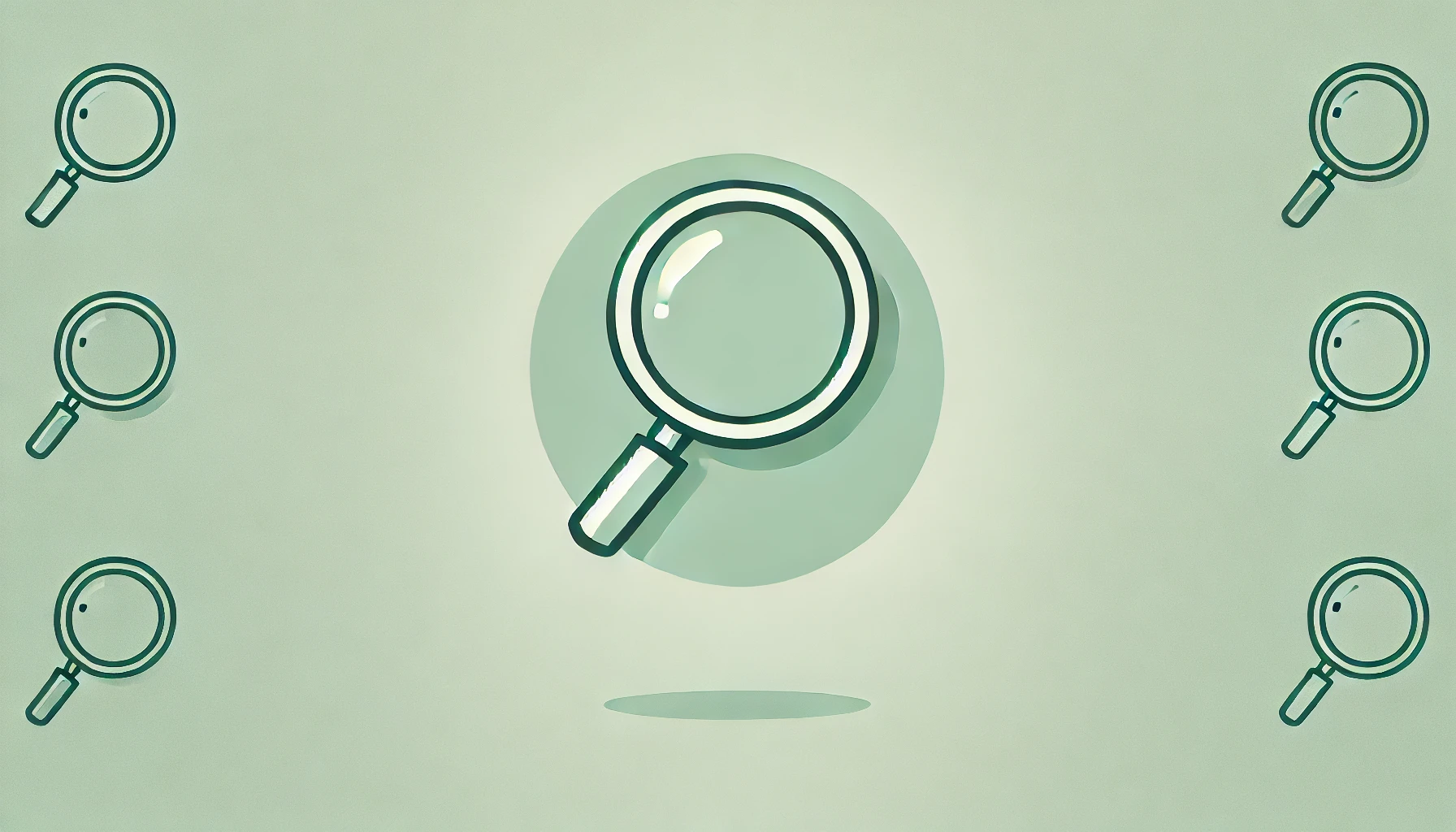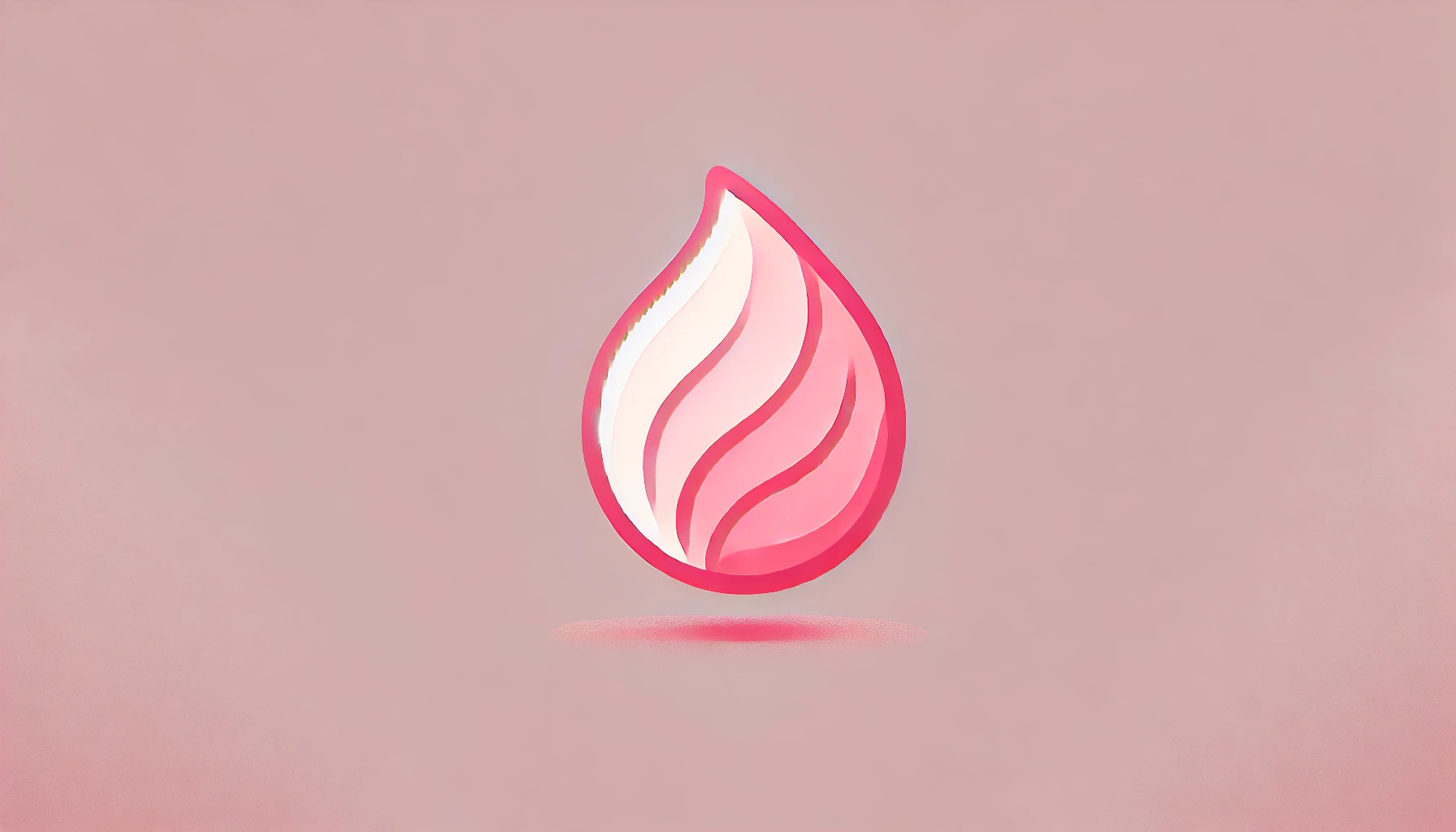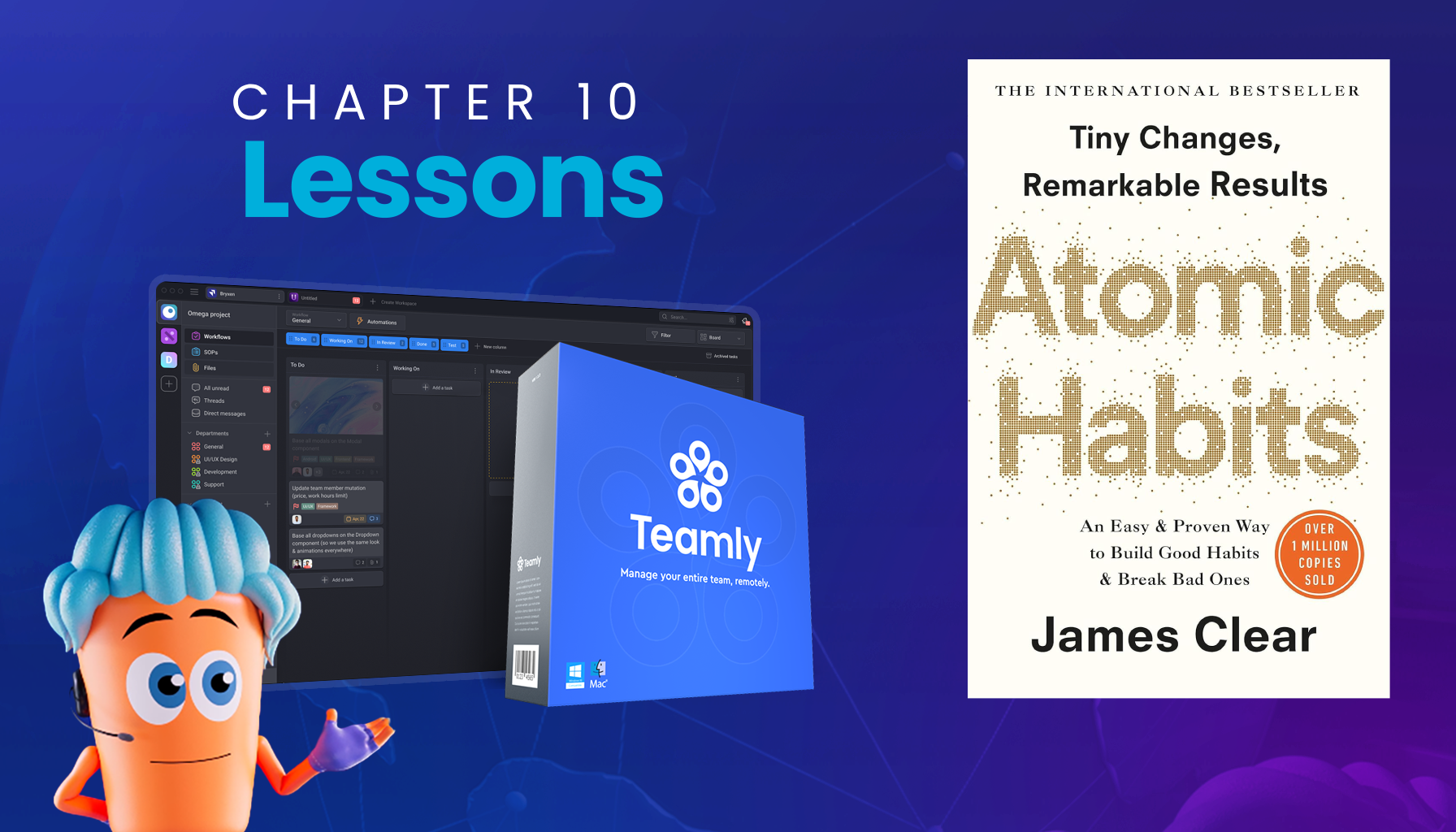
Click the button to start reading
Key Takeaways from “Atomic Habits” by James Clear – Chapter 10
In Chapter 10, Clear takes readers on a journey to uncover how cravings, emotions, and habits form—and how to reprogram the brain to find joy in even the hardest tasks.

Understanding Cravings: The Missing Link
Cravings aren’t just about wanting a cigarette or a snack. They stem from a deeper desire to change an internal state.
For instance, if the body feels cold, it craves warmth. If emotions are low, the craving might be for food, cigarettes, or social media.
Clear explains that every habit is an attempt to address an underlying emotional need, not just the surface-level craving.
He references neuroscientist Antonio Damasio, explaining that without emotions, it’s impossible to make decisions.
Emotions allow us to interpret the world around us and decide how to act. This understanding is critical to breaking bad habits because cravings are emotional cues.
The good news? Reframing these cues is the key to replacing unhealthy habits with positive ones.

Reframing: From “I Have To” to “I Get To”
One of the most powerful strategies Clear shares is reframing. Instead of dreading difficult tasks, simply changing the language used to describe them can change the experience.
For example, instead of saying, “I have to wake up early,” say, “I get to wake up early.” This simple shift turns a burden into a privilege and helps focus on the positive aspects of any task.

This approach applies to every area of life—whether it’s business, family responsibilities, or health.
With a tool like Teamly, which helps streamline business operations, you don’t have to worry about administrative headaches. You get to lead more efficiently, freeing up time for strategic work.
Clear provides an inspiring example of a man who uses a wheelchair.
When asked if he felt confined by it, his response was, “I’m liberated by it.” The wheelchair gave him freedom of movement that would otherwise be impossible.
This shift in perspective completely transformed how he viewed his life.

Turning Challenges Into Opportunities
The next section takes this reframing to another level by applying it to exercise, finances, meditation, and even pre-performance anxiety.
When it comes to exercise, instead of saying, “I have to work out,” say, “I get to build strength and endurance.”
With finances, reframing saving money as gaining future freedom instead of present sacrifice changes how you approach budgeting.
One of the most relatable examples Clear provides is about meditation. Many people feel frustrated by distractions during meditation, but these distractions can be reframed as opportunities to practice returning to focus.
Even pre-performance nerves can be viewed not as negative stress but as excitement and energy that help improve performance.
This practice of reframing can be enhanced by creating motivation rituals. Simple actions like taking three deep breaths before a challenging task can become cues that trigger a positive emotional state.
Over time, even the most daunting habits can be transformed into ones we look forward to completing.
Whether it’s a regular workout, sticking to a financial plan, or pushing through pregame nerves, these shifts in mindset can have lasting effects on our motivation and consistency.

Motivation Rituals: Your Secret Weapon
Clear emphasizes the importance of associating habits with positive feelings. By creating rituals that tie positive emotions to difficult tasks, it’s possible to make even the most challenging habits more appealing.
For example, Clear shares the story of boxer Ed Latimore, who created a routine where he put on headphones before writing. Over time, the act of putting on his headphones became a cue that prepared him for deep work. This is a great illustration of how a small ritual can significantly impact productivity and motivation.
Another example comes from athletes who use pregame rituals to get into the right mindset before a competition. Simple physical actions, like stretching or warming up, prime their brains for high performance. These rituals are easy to adapt to daily tasks, too.
How to Break Bad Habits: Make Them Unattractive
At the end of Chapter 10, Clear sums up the steps needed to fix bad habits. The inversion of the 2nd Law of Behavior Change—make it unattractive—is a key strategy. By highlighting the negative aspects of a bad habit and reframing it, you can diminish its appeal.
Here’s a quick breakdown of key takeaways:
- Habits are modern-day solutions to ancient desires. They’re emotional responses to deep-rooted needs.
- The cause of your habits isn’t the cue itself—it’s the prediction that follows. The prediction creates the craving.
- Focus on the benefits of avoiding a bad habit to make it seem less appealing. Conversely, reframe hard habits in a positive light to make them more attractive.
- Create motivation rituals that associate positive feelings with challenging habits, making them easier to stick with.
Changing habits is never easy, but understanding the core principles of reframing and leveraging emotions can make a huge difference in transforming behavior. Atomic Habits is packed with practical insights that can be applied to nearly any area of life, from work to personal growth to health and well-being.
Looking for more strategies like these? Get your copy of Atomic Habits here.
















